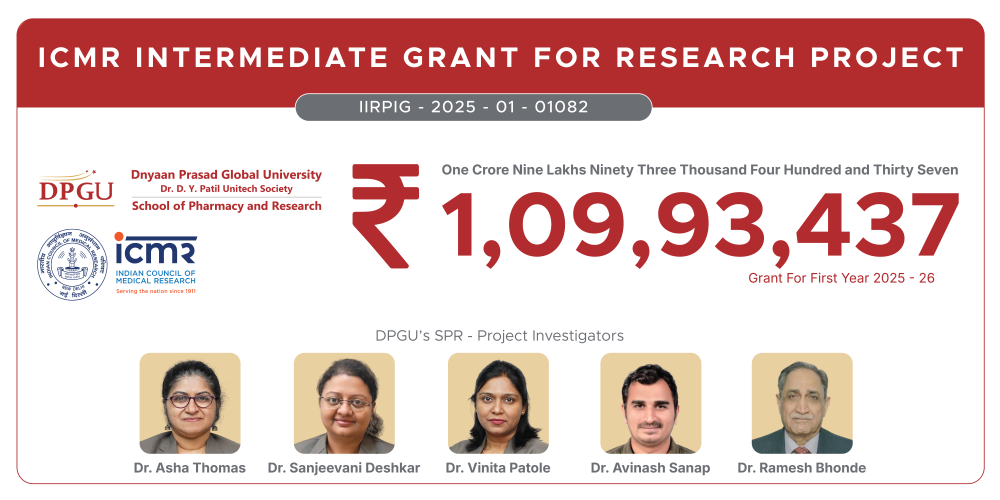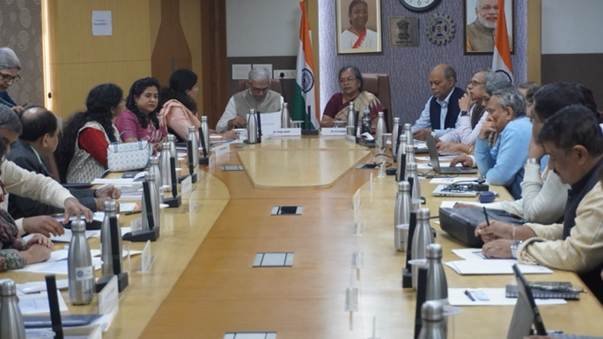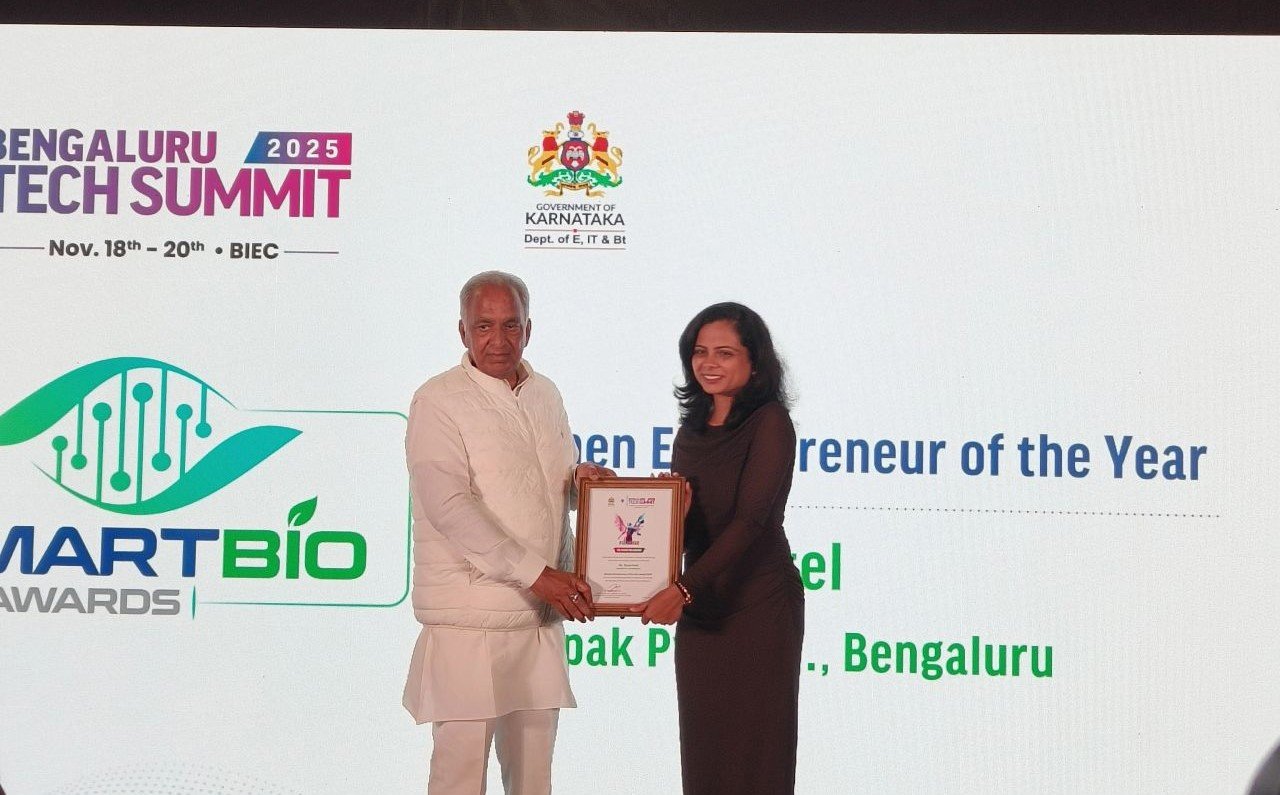How US tariffs are going to affect MedTech industry in India
May 03, 2025 | Saturday | Views | By Ayush Singh, Practice Member, Healthcare and Lifesciences at Praxis Global Alliance
Tariff delivers a severe blow to the cost-competitiveness of Indian MedTech exports
The recent 26% US tariff on Indian medical device exports poses a critical challenge to India's expanding MedTech industry. This tariff directly undermines cost-competitiveness, particularly impacting the crucial low-value, high-volume consumables segment.
While India's rate is lower than China's 34%, this slight advantage is overshadowed by the tariff's overall cost increase and the significant non-tariff barriers, notably the stringent US FDA regulatory process. The tariff magnifies existing vulnerabilities: India's heavy import dependence and its significant MedTech trade deficit with the US.
Indirect effects, like rising global component costs and potential tariff circumvention by competitors, add further complexity. Although threatening near-term export growth and investment, this situation compels a strategic response: accelerating market diversification, strengthening domestic manufacturing via 'Make in India', and moving up the value chain. Success requires a coordinated effort from industry and government, emphasizing bilateral negotiations, domestic innovation, and enhanced sector resilience.
Introduction: Navigating a disrupted growth trajectory
India’s MedTech sector, valued at approximately $14 billion, has emerged as a vital pillar for both economic growth and healthcare advancement. The industry ranks fourth in Asia and is propelled by robust domestic demand and a growing export footprint. The United States stands as India’s single largest export market, absorbing roughly 21% of India’s MedTech exports (~$700 million in FY24).
The landscape shifted abruptly in April 2025 with the introduction of a significant 26% US reciprocal tariff. This measure, exempting pharmaceuticals but targeting MedTech, injects considerable uncertainty and demands immediate strategic attention.
The tariff shock: Decoding the new competitive landscape
The 26% tariff represents a sharp escalation. Compared to competitors, India faces a complex situation: lower than China (34%) and Vietnam (46%), but considerably higher than the EU (20%) or Turkey (10%). Other Asian rivals like Japan and Malaysia face slightly lower rates (around 24%).
This means India's marginal tariff advantage over China is unlikely to translate into significant market share gains. The focus instead shifts to the competitive pressure from lower-tariff nations and the fundamentally altered trade dynamics.
Immediate impacts: Cost pressures, eroding competitiveness
The tariff delivers a severe blow to the cost-competitiveness of Indian MedTech exports. This is especially acute for high-volume, low-value consumables – traditionally a strength for Indian firms operating on thin margins.
Absorbing a 26% cost increase is often untenable, threatening profitability. Even with a tariff advantage over China, the risk remains high that US buyers will switch to suppliers from lower-tariff regions or domestic US producers now shielded by the tariff. This clearly jeopardizes India's US market share and export growth.
Systemic challenges: Beyond the tariff
The tariff issue exacerbates deeper, pre-existing challenges:
- The non-tariff barrier wall: Industry consensus highlights the US FDA's stringent, costly, and time-consuming approval process as a far greater barrier than the tariff. The stark contrast with the lower regulatory hurdles for US firms entering India creates a significant asymmetry
- Deep import dependence: India remains heavily reliant on imports to meet its domestic MedTech requirements, especially for advanced equipment and critical components. This dependency also extends to manufacturing inputs, leaving the sector vulnerable to global price fluctuations—such as those triggered by US tariffs on components imported from China
- The transshipment risk: Competitors, particularly from China, might evade higher tariffs by routing goods through third countries (like the UK or UAE) with lower US duties. This practice could neutralize any relative tariff advantage India possesses
- The trade deficit dilemma: India's significant MedTech trade deficit with the US (importing $1.5 billion vs. exporting $700 million in FY24) limits negotiating leverage and makes retaliatory tariffs risky, potentially hindering access to essential US technology
Strategic imperatives: Responding to the disruption
The tariff shock necessitates urgent strategic recalibration:
- Diplomacy and advocacy: Sustained government-led negotiations with the US are crucial. The goal should be tariff relief and, critically, reciprocal action on non-tariff barriers to level the playing field
- Aggressive market diversification: Reducing reliance on the US is now essential. Indian firms must strategically target and invest in penetrating alternative markets across the EU, Middle East, Asia, and Africa
- Fortifying domestic capabilities: The 'Make in India' initiative gains renewed urgency. This requires effective use of PLI schemes, boosted R&D, and fostering a robust domestic ecosystem for components and raw materials
- Ascending the value chain: The pressure on low-margin goods should accelerate the shift towards developing and exporting higher-value, complex devices where innovation offers a competitive edge beyond price
- Seizing shifting opportunities: Firms should explore openings to capture market share vacated by highly tariffed Chinese goods and attract "China+1" FDI seeking diversified manufacturing hubs for global (non-US) markets
Recommendations for Indian Medtech firms
- Accelerate market diversification: Proactively identify and invest resources in penetrating alternative export markets
- Enhance operational efficiency: Focus rigorously on cost optimisation across the value chain to mitigate tariff impacts
- Invest in strategic R&D: Prioritise innovation to develop higher-value products, reducing reliance on pure cost competition
- Explore collaboration: Consider domestic or international partnerships/JVs to access technology, share regulatory burdens, and expand market reach
- Engage with government: Provide data-driven insights to support negotiation efforts and advocate for supportive domestic policies
Conclusion
The 26% US tariff is a significant shock, exposing vulnerabilities but also demanding transformation within Indian MedTech sector. Immediate pressures on costs and market share are undeniable.
However, this challenge also provides a powerful catalyst for long-overdue strategic shifts. Success requires a decisive response: skillful diplomacy, determined market diversification, and a focused national effort to build a self-reliant, innovative domestic MedTech ecosystem.
By embracing this disruption as an impetus for change, India's MedTech industry can navigate the current turbulence and emerge more resilient and strategically positioned for the future.
Ayush Singh, Practice Member, Healthcare and Lifesciences at Praxis Global Alliance










